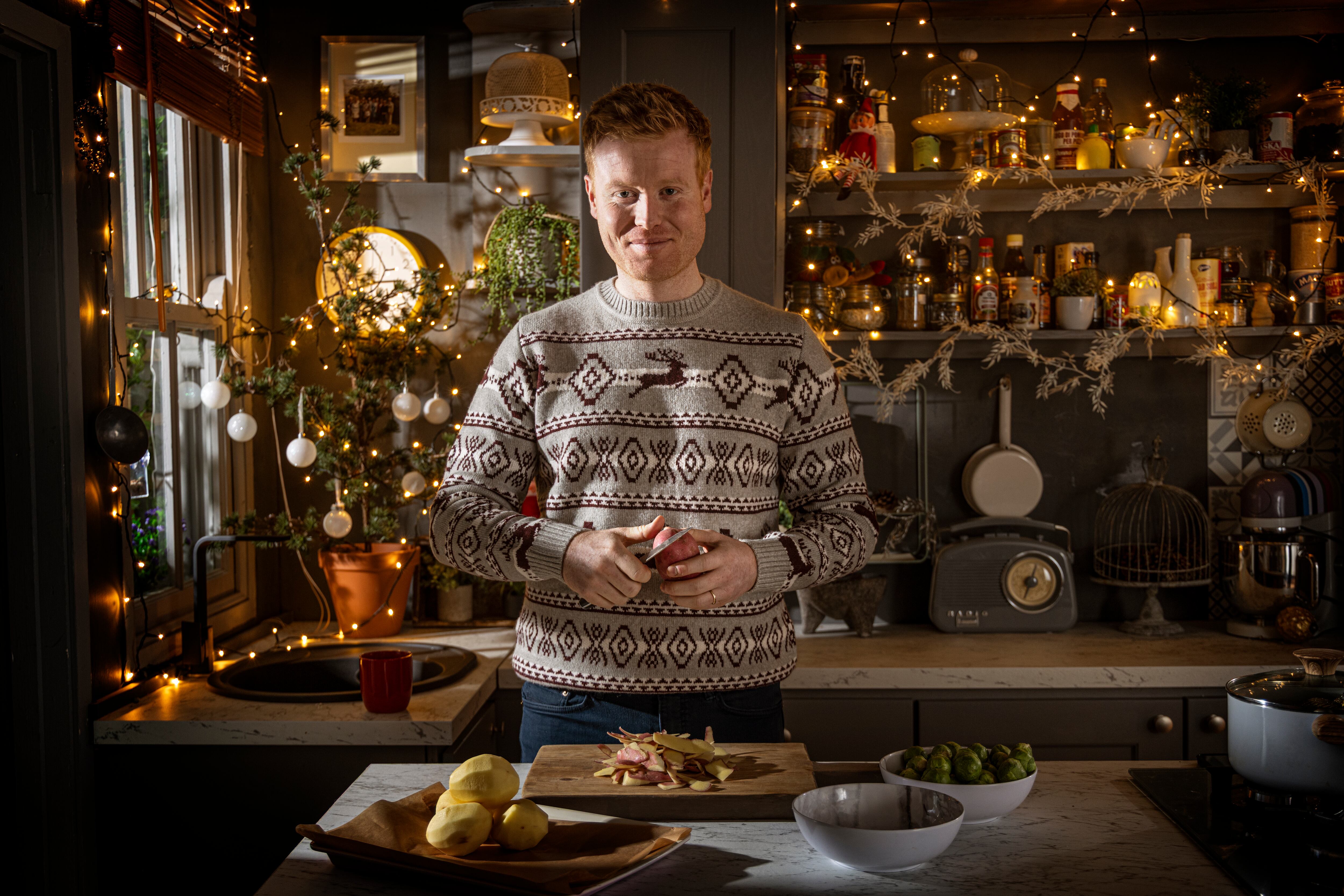Trinity College Dublin is to return human remains to the island of Inishbofin, off Co Galway, from which they were taken without the community’s consent more than a century ago.
The decision was approved by the university’s board following a period of research, analysis and public consultation about the future of the remains. It is part of the work being done by the Trinity Legacies Review Working Group, which is in the process of examining many aspects of the university’s past.
In 1890 a dozen skulls were taken from a graveyard attached to St Colman’s Church on the island by Trinity’s Old Anatomy Museum academic Prof Alfred C Haddon and external researcher Andrew F Dixon. In a letter Prof Haddon openly admitted smuggling them off the island and depositing them in Trinity College Dublin.
Since then the remains have been stored in the college. The context for this was a contemporary interest in fields including craniometry (measurement of the cranium) and anthropometry (scientific measurement of individuals).
READ MORE
The practice of taking body parts was common in the 18th and 19th century. Trinity College Dublin holds more than 484 human remains sourced from various parts of the globe.
Islanders petitioned the university last year to return the skulls.
Trinity provost Dr Linda Doyle apologised for the upset that was caused by retaining the remains, and she thanked the Inishbofin community for its advocacy and engagement on the issue.
“We will now work with the community to ensure that the remains are returned in a respectful manner and in accordance with the community’s wishes,” she said. “I want to thank everyone who engaged with the process that we have put in place to address issues of this nature. I am glad that we have made an evidence-based decision, and that our process allowed all points of view to be heard.”
A working paper on the Inishbofin skulls from Dr Mobeen Hussain, Dr Ciaran O’Neill and Dr Patrick Walsh from the Department of History, School of Histories and Humanities, was published on November 23rd, 2022. It recommended the return of the remains and spoke of a “paradigm shift in museum practice in this area” in the UK and elsewhere, with many universities volunteering to return such remains.
At this time Trinity also invited evidence-based submissions from the public on the future of the human remains from Inishbofin. It received 13 submissions, including a submission from the vast majority of the Inishbofin islanders who wanted the remains returned.
The Trinity Legacies Review Working Group’s role is to collate and document evidence on legacy issues. Another big issue it is reviewing is the name of the Berkeley Library which is named after George Berkeley who was a slave owner in the US in the 18th century.















